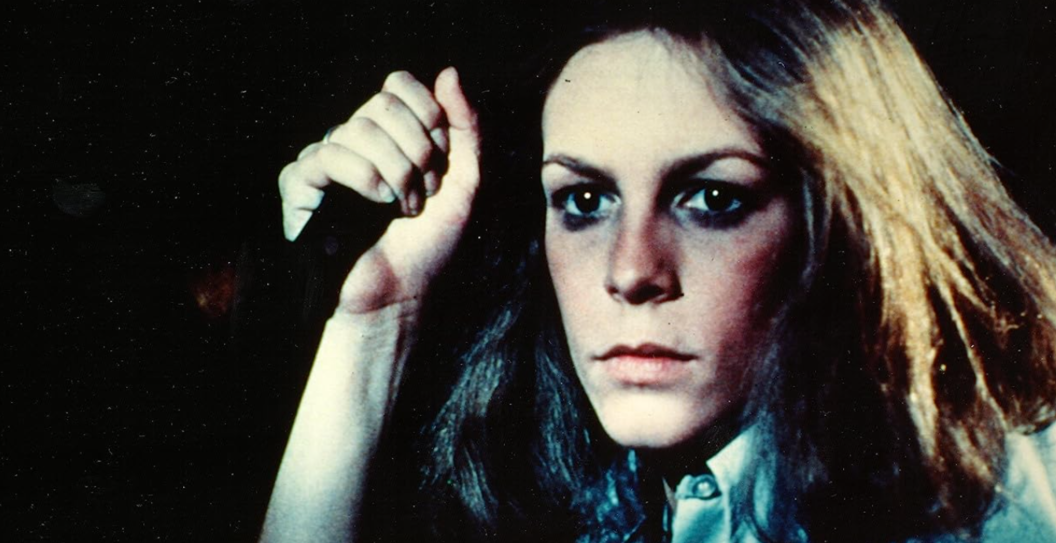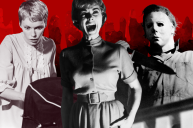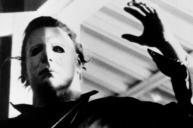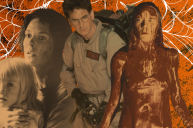Horror films, by their very nature, delve into the realms of the unknown and the bizarre, exploring themes of fear, terror, and the supernatural -- and the stories behind the scenes of these films often mirror the outlandish and unconventional themes presented on screen. From eerie encounters on set to unusual production choices, the world of horror movie-making is filled with tales that rival the strangeness of the films themselves.
Videos by Wide Open Country
From wacky method-acting and unconventional directorial techniques to development nightmares and seemingly haunted sets, the intrigue of a horror film extends well beyond the frightful action on the screen.
The stories behind horror films are indeed "out there." The genre's capacity to push boundaries and explore the unknown attracts filmmakers who embrace the strange and extraordinary, ensuring that the behind-the-scenes tales of horror movies are as captivating and haunting as the films themselves.
Let's take a look at some of the most fascinating facts about the world's most iconic horror films. Whether you're a fan of timeless classics like Nosferatu and The Birds, or the more modern entries to the genre like The Blair Witch Project and Saw, we cover an array of films and filmmakers who went to extraordinary lengths to deliver the films that thrill us.
In the movie Nosferatu, Count Orlock blinks only once.
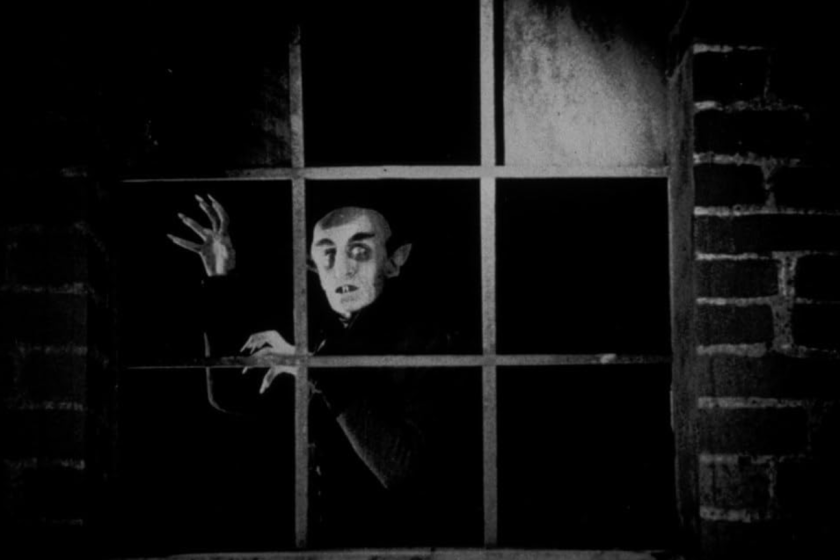
Archives du 7e Art/Prana-Film Berlin
In F.W. Murnau's renowned film Nosferatu (1922), the character Count Orlock, portrayed by Max Schreck, proves he could be a staring contest world champion. Throughout his nine-minute appearance on screen, Schreck, in the role of Count Orlock, is observed to blink merely once, and that too occurs close to the end of part one.
Horror films don't get much love during awards season -- The Exorcist is a rare exception
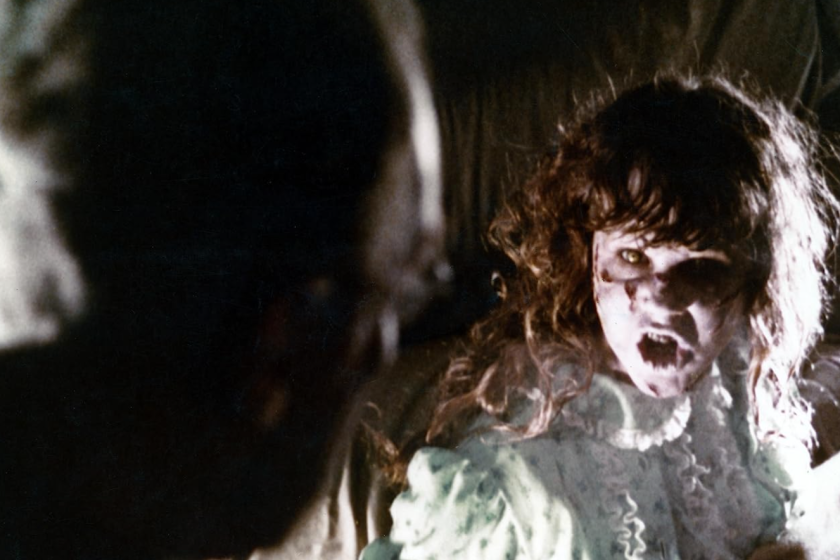
Warner Bros. Pictures
Throughout the history of the Academy Awards, the horror genre has not received significant recognition. However, one exception stands out: in 1974, The Exorcist managed to secure 10 Oscar nominations. Notably, Linda Blair, who was just 15 years old at that time, received a Best Supporting Actress nomination for her remarkable performance in the film. Despite this rare acknowledgment, a bias against scary movies during awards season persists.
A toilet didn't appear in an American film until the release of Psycho
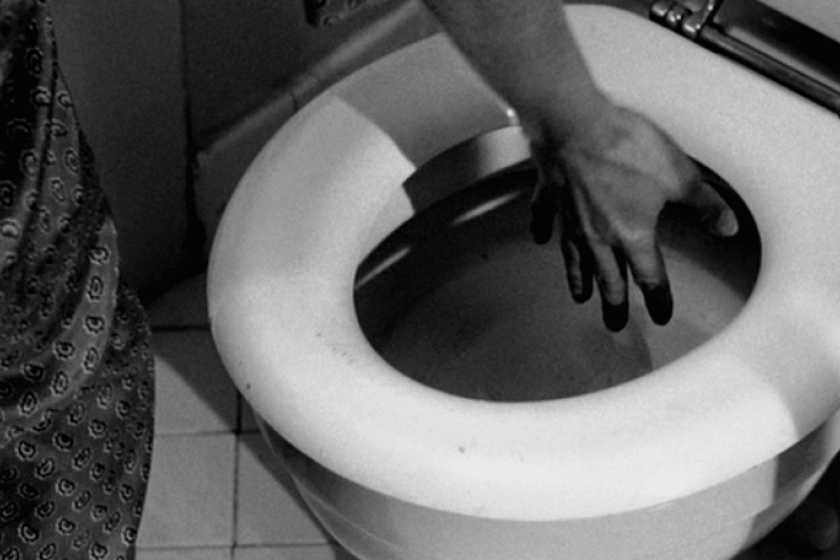
Paramount Pictures
Alfred Hitchcock's Psycho broke ground in multiple ways. Not only was it the first American film to display a toilet on screen, which was considered quite scandalous at the time, but it also featured the first instance of a toilet being flushed in an American film. This seemingly mundane act of flushing a toilet was indicative of the level of repression prevailing in American society during the 1950s.
Stephen King hated Kubrick's adaptation of his novel, The Shining
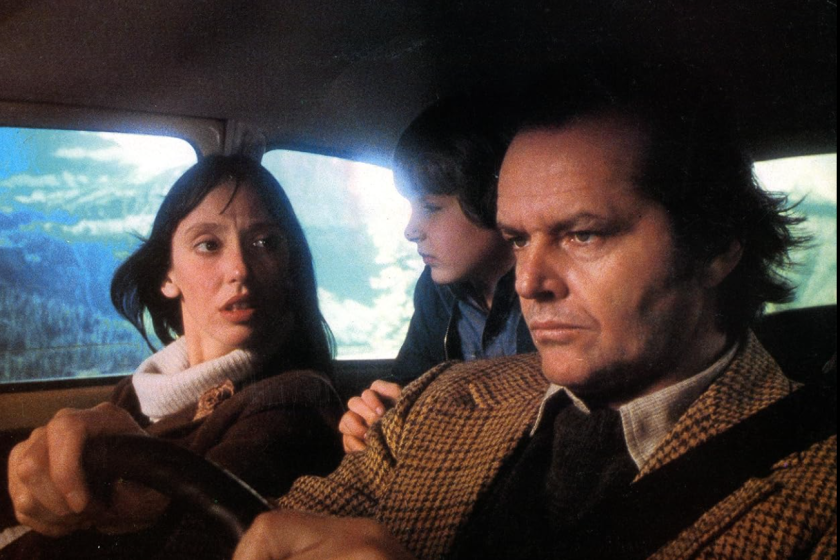
Warner Bros.
While he had great admiration for Kubrick and held high expectations for the project, the final outcome left him deeply disappointed. He acknowledged that certain parts of the film were chilling, evoking an unrelenting claustrophobic terror. However, he felt that other aspects fell flat.
King also had reservations about the casting choice for the lead role, Jack Torrance, played by Jack Nicholson. Despite acknowledging Nicholson's talent as an actor, King believed that he was not the right fit for the part. Nicholson's previous notable role in One Flew Over the Cuckoo's Nest and his distinct manic grin made the audience perceive him as a "loony" from the outset. For King, this undermined the essence of the book, which revolved around Jack Torrance's gradual descent into madness influenced by the malevolent presence of the Overlook. If the character was already depicted as unstable from the beginning, the tragic trajectory of his downfall would lose its impact.
It took nearly a decade for Aliens to get made
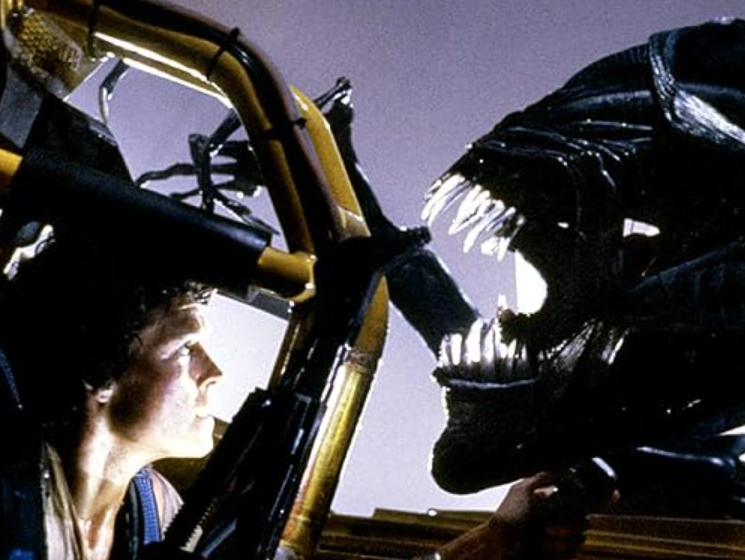
Twentieth Century Fox
Why did it take seven years to get a sequel made? Well, the answer lies in the familiar realms of lawyers and money. Almost immediately after the success of the original Alien (1979), talks of a sequel began. However, the process was stalled due to a dispute between the film's producers and 20th Century Fox concerning the distribution of the profits from the first movie.
Fox was hesitant to greenlight a sequel because of the anticipated expenses involved. Nonetheless, they eventually agreed to proceed with the sequel as a means of settling the disagreement with the producers. The resolution essentially boiled down to this: "We won't provide you with any more of the first movie's profits, but we'll give the go-ahead for a sequel, and you can generate revenue from that."
Ironically, the same producers, along with James Cameron and Gale Anne Hurd, found themselves suing Fox once again after the release of Aliens. This time, they claimed that the studio employed "creative accounting" tactics to evade proper payment to them. Clearly, the road to creating the sequel was not without its legal and financial challenges.
Director George Romero accidentally found lost footage of Night of the Living Dead nearly 50 years after the film's release
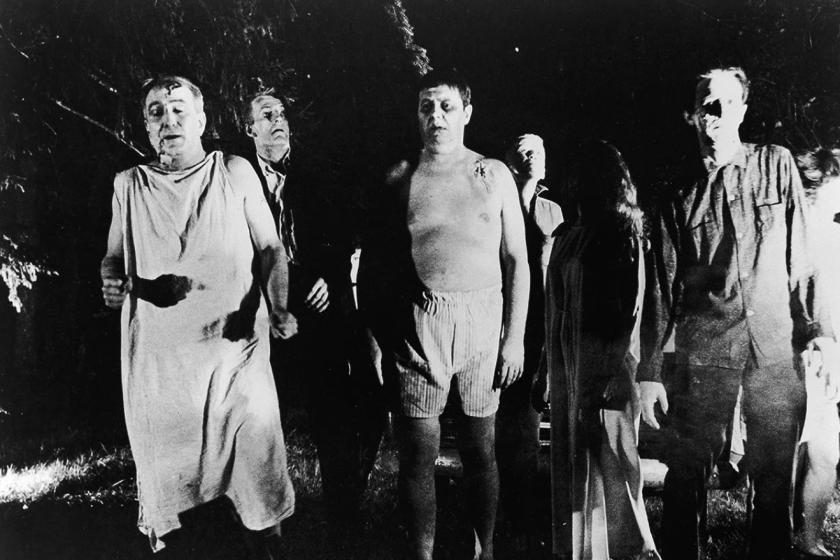
Pictorial Parade/Getty Images
During the 2015 Monster-Mania Con in Maryland, George Romero made an exciting revelation. He had discovered a 16mm work print of Night of the Living Dead, which contained around nine minutes of footage that was previously believed to be lost. This rediscovered material included a significant scene at the jump cut in the basement, featuring "the largest zombie scene in the film."
John Carpenter didn't mean to make the "virginity rule" in his films
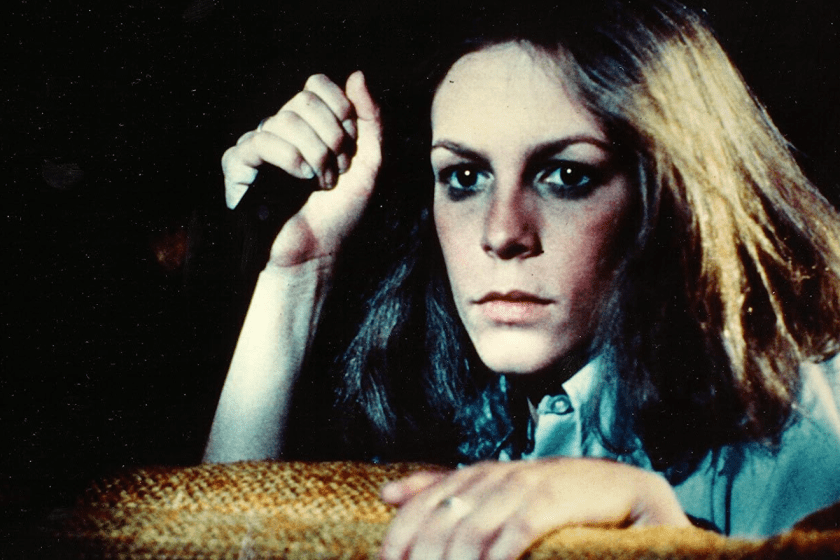
Compass International Pictures
Carpenter and co-writer Debra Hill have consistently emphasized that their intention was not to depict virginity as a means of defeating a rampaging killer in their work. The reason behind the demise of the sexually active teens in the movie is straightforward—they are too engrossed in pursuing their desires and fail to notice the lurking danger of the killer. On the contrary, Laurie Strode, who spends a significant amount of time alone, remains more vigilant and alert to the unfolding peril.
The child actor in The Shining didn't even know he was in a horror film
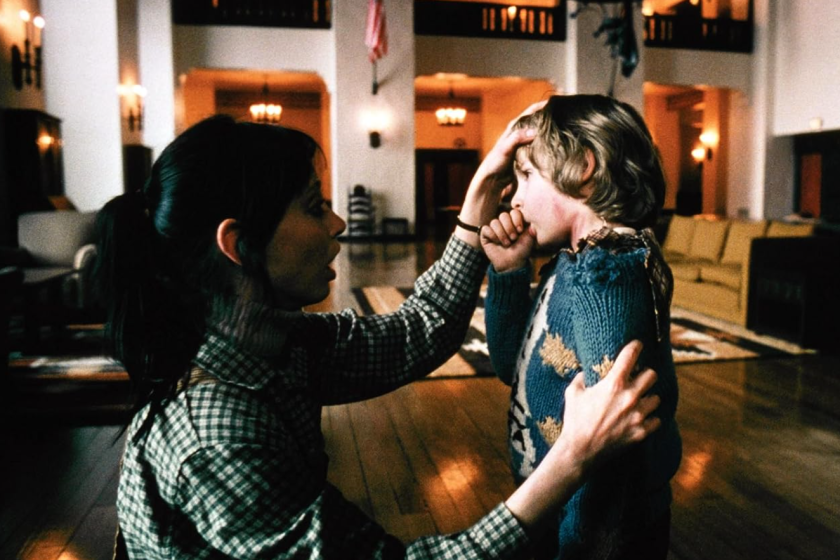
Warner Bros.
Due to his young age, Danny Lloyd, the actor who portrayed Danny in The Shining, was not informed that he was part of a horror film during production. Instead, he believed he was working on a drama.
The iconic Michael Myers mask from Halloween is a Captain Kirk mask from Star Trek painted white
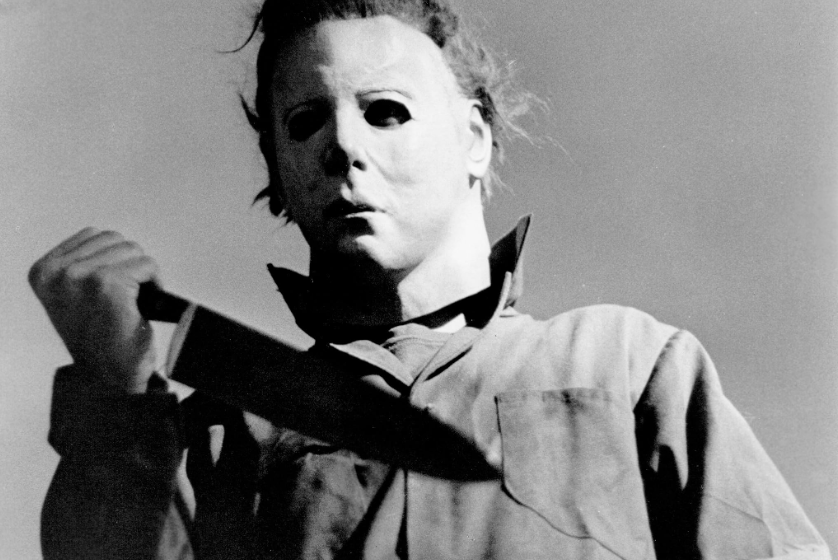
Compass International Pictures
The mask for Michael Myers in the movie was initially described as having "the pale, neutral features of a man." To create the final design, production designer Tommy Lee Wallace had two options: inexpensive latex masks painted white, each costing less than $2, bought from local toy stores. One option was a replica of the clown character "Weary Willie," made famous by actor Emmett Kelly. The other choice was a stretched-out Captain Kirk mask from Star Trek.
John Carpenter ultimately selected the whitewashed Captain Kirk mask due to its uncanny, blank stare, which perfectly suited the eerie persona of the Myers character.
The Blair Witch Project actors were basically living a reality TV show
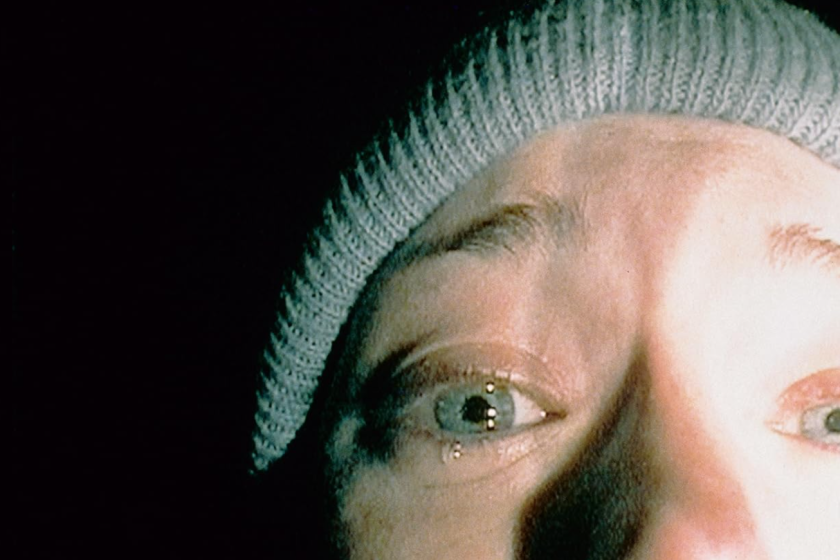
Artisan Entertainment
In the making of The Blair Witch Project, the production team strategically programmed GPS units with specific wait points for the actors. At these points, the actors would discover milk crates containing three small plastic canisters. Each canister held individual notes, revealing the direction of the story for the respective actor. The interesting twist was that the actors were not allowed to share the contents of their notes with one another.
Once equipped with this information, the actors were given the freedom to improvise their dialogue while adhering to the general instructions provided to them. This unique approach allowed for spontaneous and natural interactions among the characters, adding to the film's authenticity and intensity.
All work and no play makes Kubrick a dull boy
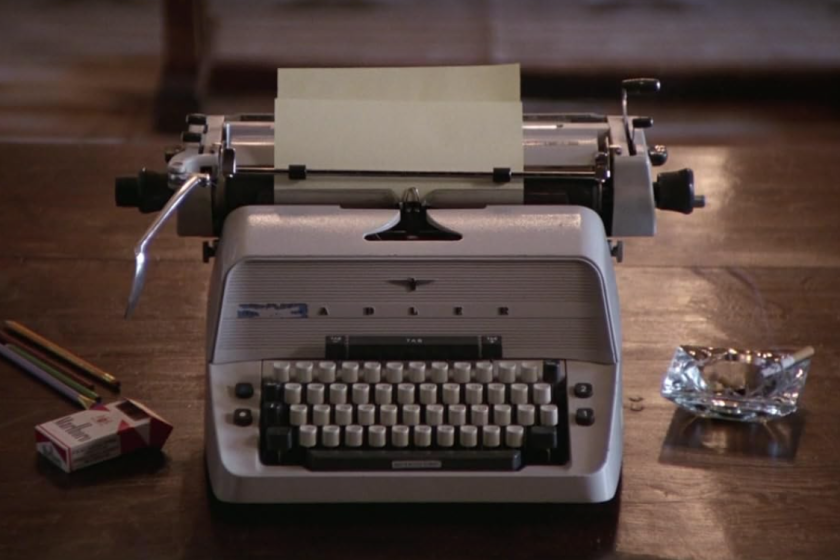
Warner Bros.
Many speculate Kubrick personally typed 500 pages of "All work and no play makes Jack a dull boy." Rather than seeking help from the prop department, Kubrick took on the task himself, using his personal typewriter to create the pages. This typewriter had a built-in memory, which theoretically could have generated the pages automatically without human intervention. However, the pages displayed in the film feature distinct layouts and errors, leading some to speculate that Kubrick might have taken the time to individually craft each page—a characteristic gesture from the meticulous director.
Sadly, this question remains unanswered as Kubrick never addressed it before his passing, leaving the truth behind this enigmatic aspect of the film forever shrouded in mystery.
The original script for Jaws ended exactly like Moby Dick
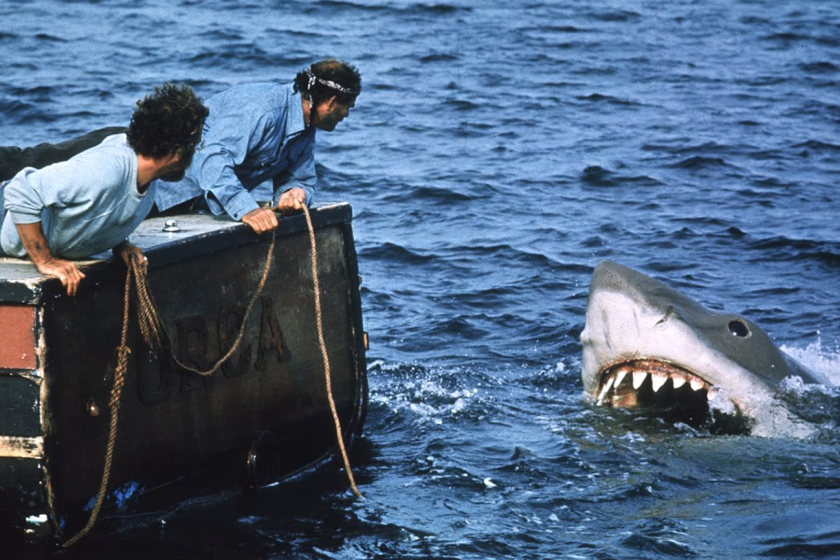
MPTV
In the initial script, the original ending featured the shark's demise due to harpoon injuries inflicted by Quint and Brody, reminiscent of Moby-Dick. However, Spielberg believed that the movie required a more crowd-pleasing finale and conceived the idea of the exploding tank, which was eventually used in the final film.
Hitchcock's The Birds is based on a true story
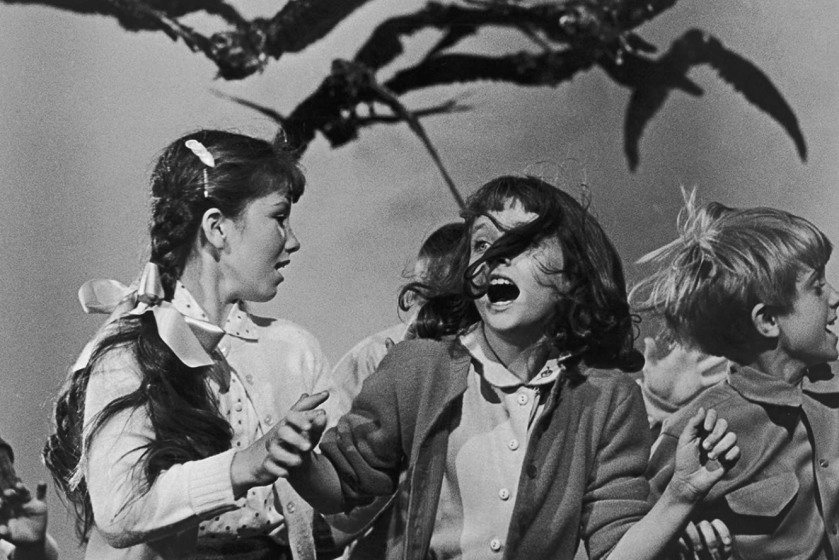
Getty Images
The events depicted in the film actually occurred in California in 1961. Seagulls inexplicably turned hostile towards humans, leading to bizarre incidents of birds colliding with houses and cars, causing widespread fear among the people. The cause behind this eerie behavior remained a mystery for decades until it was eventually discovered that the birds had been poisoned by toxic algae.
Saw was filmed in a mere 18 days
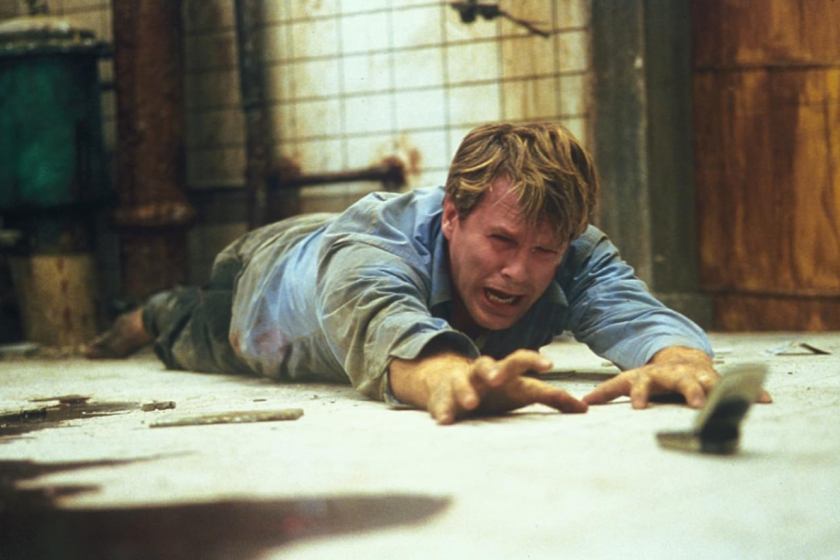
Ascot Elite
Due to its modest production budget of under $1 million, the movie opted to forgo exterior shots entirely. With limited resources, each scene had very few takes during filming, and the pre-production phase lasted merely five days. However, during post-production, director James Wan faced a challenge as there were insufficient shots to work with. To tackle this issue, he collaborated closely with the editor Kevin Greutert, and together, they utilized their creativity to fill in the gaps and enhance the final result.
During production, the actors in Scream never saw the man playing Ghostface
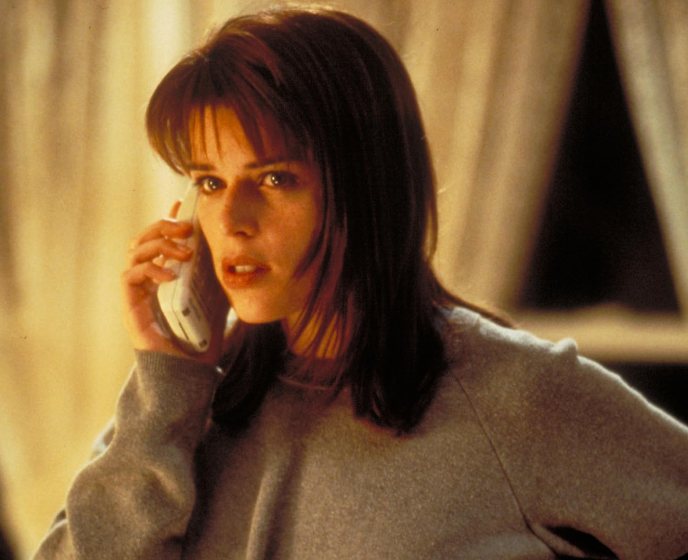
Dimension Films
In pursuit of a more authentic performance from the cast, director Wes Craven devised a clever approach. He had Roger L. Jackson, who played a pivotal voice role, hide on the set. While filming was underway, Jackson was actively making real phone calls, thus adding an element of genuine reactions to the actors' performances. This unique method brought a heightened sense of realism to the film's scenes and contributed to the overall authenticity Craven desired.
